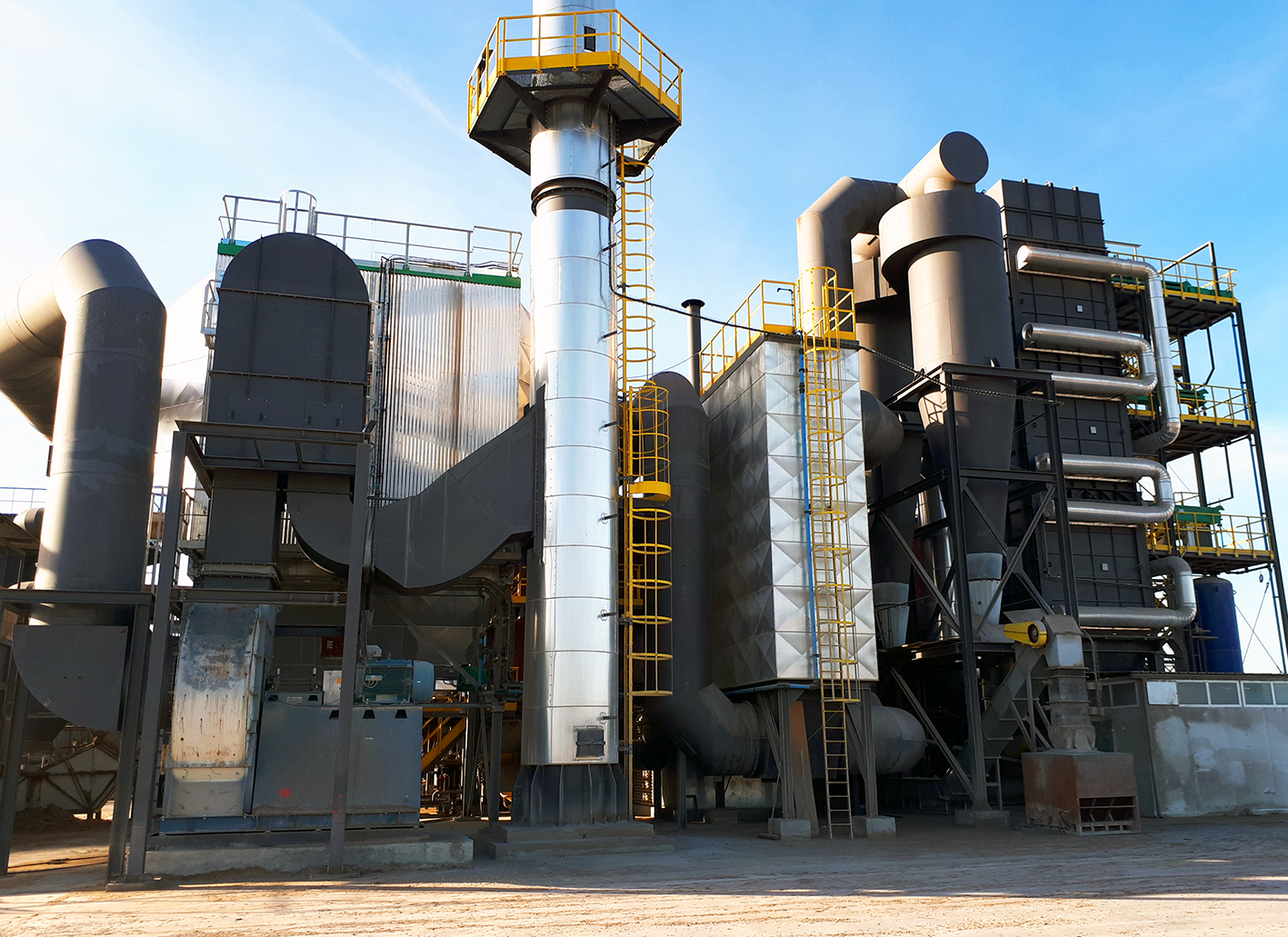Installations of more than 5 MW must be adapted by 2025, according to European Directive 2015/2193, which is being transposed into national regulations.
Finally, the European Commission harmonized minimum objectives in all member countries regarding limits of pollutant emissions into the atmosphere by equipment with average power (between 1 and 50 MW).
For installations with biomass heaters, the most important measure was a limit on emissions of solid particles.

In practice this meant that for installations commissioned from 2018 onwards, the installation of a particulate filter, whether sleeve, ceramic or electrostatic, would be necessary.
And what about previously installed biomass heaters?
The so-called existing installations, which were put into operation before 2018, had a period of adjustment or adaptation depending on their power. Installations between 1 and 5 MW should be adapted before 2030, while those between 5 and 50 MW should be adapted before 2025.

For practical purposes, this adaptation would affect the installation of a particle filter, since SO2 emissions are quite unusual in biomass and the limitation of NOx is very unrestrictive.
Why the special impact on solid particle emissions?
Particulate emissions from a solid fuel heater, whether biomass or other waste, are basically composed of ashes dissolved in the combustion gases that are expelled into the atmosphere.
These inert substances can be breathed in by living beings with adverse health effects.
In recent years, biomass as a fuel has been criticised for the emission of this type of particles and, therefore, more demanding emission limits are being implemented, requiring sophisticated filtering equipment.
The two most widespread systems in the biomass combustion sector are bag filter and electrostatic filter. While the former traps the particles through a filter fabric, the latter does so through ionisation and subsequent capture of the particles.
The challenge for the user of a biomass heater of more than 5 MW is not only the selection of the appropriate filter for his type of heater, but also the adaptation of the rest of the existing installation to successfully integrate this new element, since multiple components will be affected, from cyclone units to induced draught fans, as well as the general control of the installation.
Alex Mas
Business Development Director

